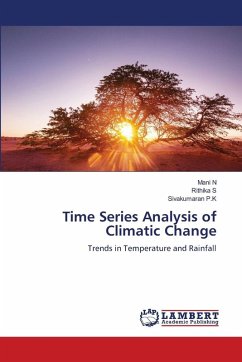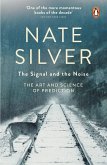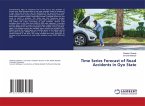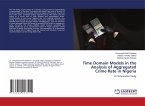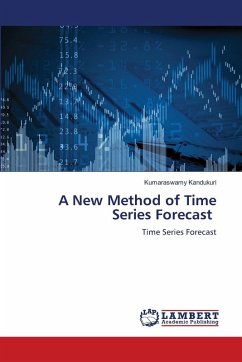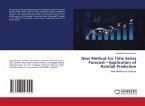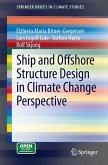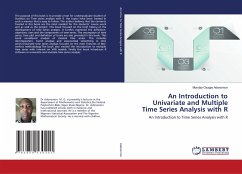This book explores the importance of accurate rainfall forecasting for water resource management, agriculture, and disaster preparedness. It presents a comparative analysis of two forecasting models-Support Vector Regression (SVR) and Seasonal Auto Regressive Integrated Moving Average (SARIMA)-using historical rainfall data from 2008 to 2021 to predict trends from 2022 to 2026. Through statistical and visualization techniques such as trend analysis, moving averages, box plots, heatmaps, Z-scores, and density plots, the study identifies patterns and anomalies in rainfall data. While both models show good predictive ability, SVR demonstrates superior performance, especially in capturing complex, non-linear patterns. The book highlights the advantages of integrating machine learning methods with traditional statistical tools to improve rainfall forecasting and support data-driven decisions in agriculture, environmental planning, and climate resilience.
Bitte wählen Sie Ihr Anliegen aus.
Rechnungen
Retourenschein anfordern
Bestellstatus
Storno

